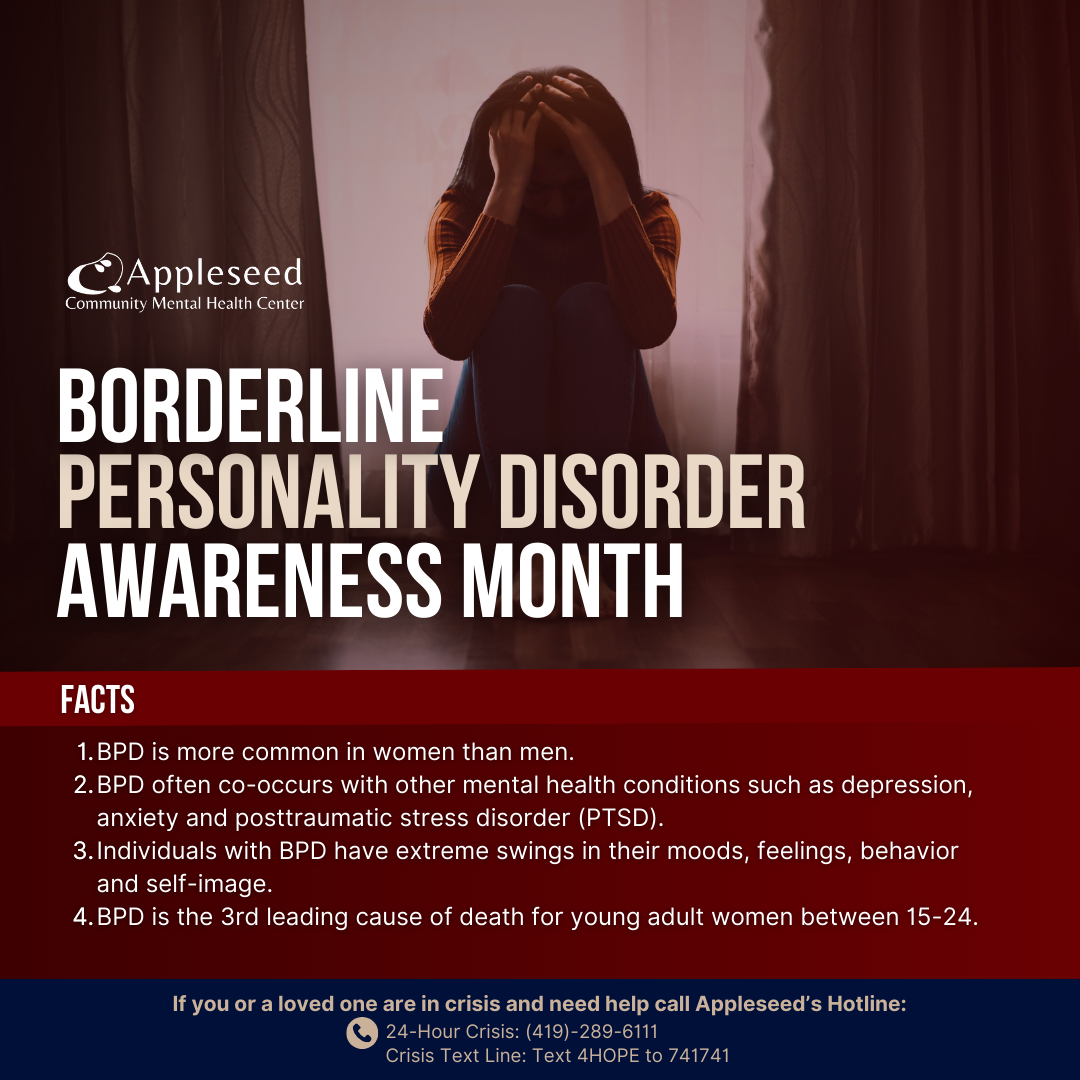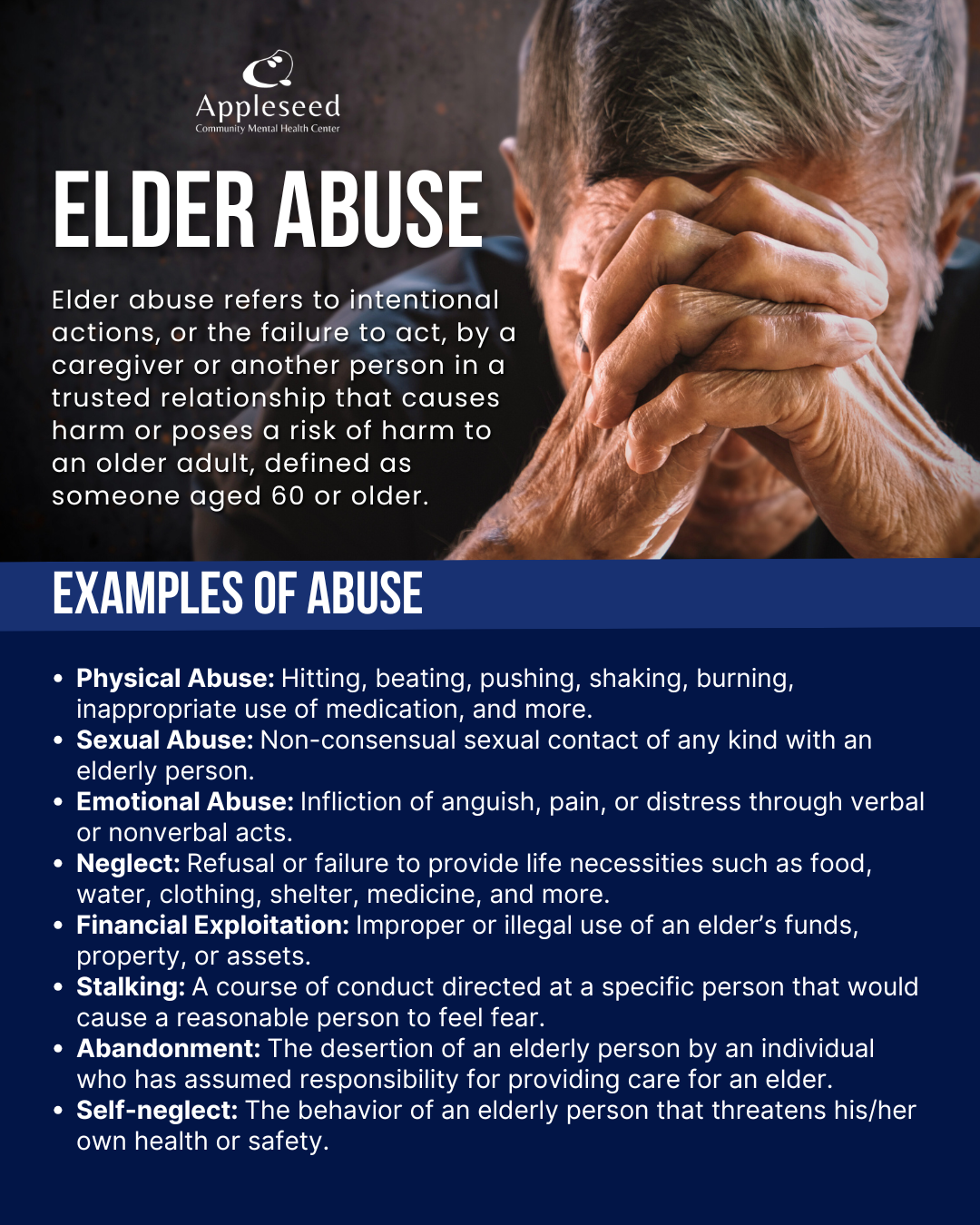Understanding Borderline Personality Disorder: Key Facts and Figures
May is Borderline Personality Disorder (BPD) Awareness Month, a vital opportunity to deepen our understanding of a mental health condition that affects millions, yet remains widely misunderstood.
Borderline Personality Disorder (BPD) is a serious mental illness that impacts how a person thinks, feels, and interacts with others. It is marked by instability in mood, self-image, relationships, and behavior. BPD is treatable, and with the right support, recovery is possible.
Facts About BPD:
- BPD affects approximately 1.6% of the U.S. population, which means over 4 million people live with the condition.
- It is more prevalent in psychiatric inpatient settings, where up to 20% of patients are diagnosed with BPD.
- About 75% of individuals diagnosed with BPD are women, although it's now recognized that men are often underdiagnosed.
- More people have BPD than schizophrenia and bipolar disorder combined.
- People with BPD have a suicide rate 400 times higher than the general population.
- BPD is the third leading cause of death among young adult women aged 15–24.
- BPD is linked to a higher risk of suicide attempts, substance abuse, eating disorders, and depression.
- Those with BPD often struggle with intense mood swings, unstable self-image, and volatile relationships.
- Diagnosis can take time—on average, it takes about 10 years from symptom onset to diagnosis.
- Women are three times more likely to be diagnosed with BPD than men.
- The condition frequently co-occurs with other disorders, including depression, anxiety, and PTSD.
- The good news: BPD is treatable. With the right combination of therapy and medication, individuals can significantly improve their quality of life.
- In fact, about 50% of people with BPD see major symptom improvement within five years of treatment.
Source: Evolve Treatment Centers – May is Borderline Personality Disorder Awareness Month






